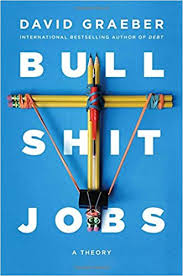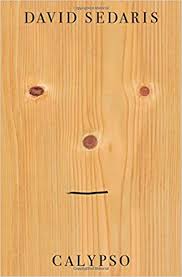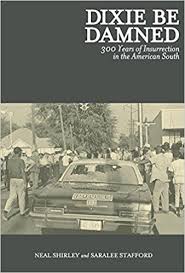TRUE HALLUCINATIONS: BEING AN ACCOUNT OF THE AUTHOR'S EXTRAORDINARY ADVENTURES IN THE DEVIL'S PARADISE - TERENCE MCKENNA
After reading the Tao Lin book a few weeks (months?) ago, compounded by the new Micheal Pollen book about psychedelics that I haven’t read but have absorbed a lot of press about and recently trying Salvia again after ~10 years, I’ve been on a bit of a hallucinogens (entheogen?) kick. It occurred to me that while I’ve loved McKenna for over a decade (a McKenna related group was one of the first one’s I joined on a then-new Facebook) and I read Food of the Gods way back when but all my other McKenna exposure has been through his talks, which are available in an endless library on Youtube. In fact, Youtube is an ideal media for him. You can bring up one of his hundreds of hours long talks and keep it up in a background tab while you do something else. His voice has a lulling, droning quality and his ability to just expound and yammer and preform these incredible acts of logorrhea is mind-blowing and, if your interests overlap with his, deeply enjoyable. He would have been the perfect podcast guest. The super flowery and descriptive mood he strikes in his speeches is recreated in the book where it is less impressive. Also, he chooses the wrong thing to focus on. I understand the book is explicitly focused on his experiences in the Colombian rainforest but I really wish it could have been broader. Even McKenna seems to sense that this story is a little thin given that he includes numerous asides and tangents (biographies of his companions, short bits about meeting jungle-nazis, describing his travels in Asia) and you wish he’d just write a straight autobiography. We get mention of his time as a hashish smuggler in Tibet, wondering the hippy trail through India, the “rolling orgies of the summer of love”, his time as a violent Berkeley demonstrator, his pivotal role in magic mushroom industry, and all sorts of weird people he met. The main story in the book, the La Chorrera experiment basically boils down to a time he travelled to a very remote part of the world where he and his friends took so many drugs that his brother went temporally insane and McKenna was visited by an alien. This is a great story, but I don’t think it’s better than any of the other ones in McKenna’s life, in fact, in many ways it’s worse since describing drug experiences is really the ultimate “you had to be there” situation. But since he believes in the literally reality of the aliens who visited him and the vital importance of the “Timewave Zero” theory (as far as the grand Terrance McKenna theories, I’d put Timewave Zero behind both “Stoned Ape” and “The Mushroom is an Alien”) they gave him, the book hinges around that. Good book, interesting and insightful but, in the end, a missed opportunity. 7 Plants









